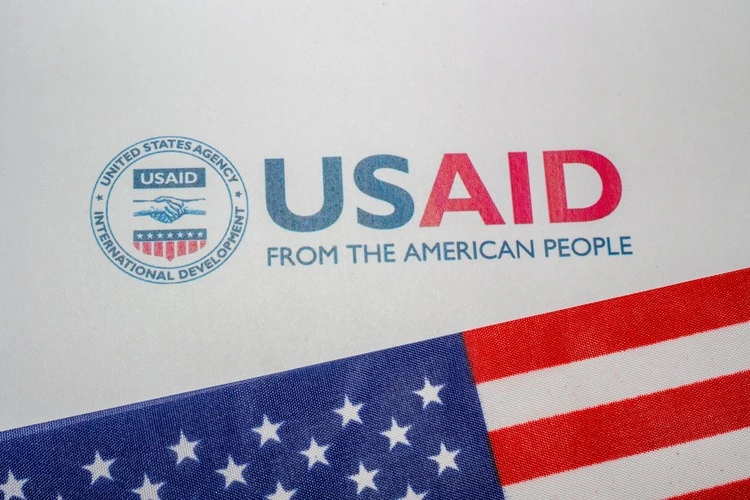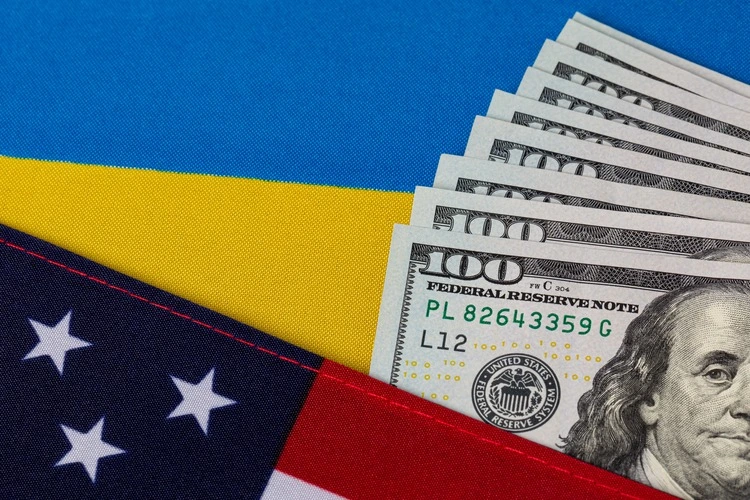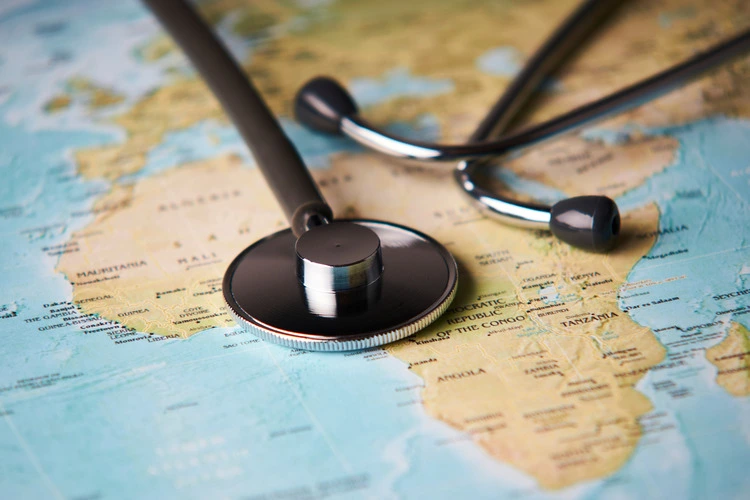
Discover more about the world’s single biggest aid donor as it faces a 90-day pause in its activities under Trump
By
On the first day President Trump took office in the White House, he paused almost all of the operations of the world’s single biggest aid donor – US Agency for International Development (USAID) – for 90 days.
Prior to Trump’s pause on aid, more than 10,000 people worked for the organisation, with around two-thirds working overseas. Now, many have been put on leave and thousands of contractors have lost their jobs.
For Trump, the goal is to review the agency’s spending and to purge it from the ‘radical lunatics’ in charge, amid his claims that USAID is ‘corrupt’ and much of its spending excessive.
In the first week following aid suspension, two thirds of soup kitchens in Sudan’s capital, Khartoum, shut their doors. This is a dangerous reality for a country in which more than half of its population – 25.6 million people – currently face acute food insecurity. Elsewhere, around 50 countries across the globe are experiencing disruption to their HIV testing, treatment and prevention services, with experts fearing the disease could spread without effective healthcare to curb it.
Related reads:
There are countless other organisations left reeling from the gaping hole from a lack of USAID funding, and likely many more will begin to feel the devastating impacts in the coming weeks and months.
Here we uncover what exactly USAID is, how it is has supported life-saving services across the world, and what its removal could mean for the future of many countries.
What is USAID – and where does its funding go to?
Back in November 1961, USAID was created under President Kennedy, with an aim to providing foreign assistance to struggling countries, responding to emergencies from food security crises to polio and smallpox outbreaks. So vital is USAID’s contribution to foreign assistance that in 2024, it provided 42 per cent of all humanitarian aid tracked by the UN.
The US is the largest donor of international aid, and in 2023 donated almost $72 billion to projects around the globe. USAID made up around 61 per cent of the country’s total aid donations that year, amounting to around $44 billion given to 160 countries and regions. The top five recipients of USAID assistance in 2023 were Ukraine, followed by Ethiopia, Jordan, Congo and Somalia.

Primarily, USAID spending goes on health. Between 2014 and 2023, $80.7 billion in foreign assistance went to this. Such a focus on public health works on two levels, helping to mitigate the impact of a disease in another country, while also preventing these disease outbreaks from reaching the US.
The next largest sectors were humanitarian assistance ($65.1 billion), economic development ($51 billion), programme support ($29.2 billion) and democracy, human rights and governance ($14.4 billion).
As Oxfam’s America President and CEO Abby Maxman explains, the reach of USAID funding is vast. ‘There is not a single area of development and humanitarian assistance USAID has not been involved in.’
‘People at USAID have been thought leaders implementing ideas at scale, in wide-ranging areas – I don’t think there is a major area of the development system in which USAID did not bring its technical know-how, research, and evidence.’

In recent times, USAID money has helped more than 2.8 million Venezuelans flee economic crisis; conserved and improved livelihoods for Indigenous people and rainforest communities in the Amazon; supported education programmes in Mali and allowed 12 field hospitals in northern Syria to carry out operations, among other projects.
Trump’s funding pause has already led to these Syrian hospitals having to cut daily consultations from 5,000 to 500, and reduce their staff workforce by 300 people.
‘As a medical organisation providing life-saving services, you’re basically saying, ’Close all the clinics, stop all your doctors, and you’re not providing services to women, children, and the elderly,’ said Hakan Bilgin, president of Doctors of the World Turkey, the organisation which runs the hospitals.
What happens next?
In the absence of USAID, a possible solution to financial strain could be for others – such as the EU – to collectively cover the monetary gap. However, a spokesperson for the EU Commission emphasised such an approach is unfeasible: ‘Everyone in the international community must shoulder their responsibility. The funding gap is widening, leaving millions in need. The EU cannot fill this gap alone.’
As the 90-day ban continues, it is likely vulnerable populations across the world will be exposed to even more threats. Without adequate funding, communities worldwide become seriously endangered, like those in Nigeria who face uncertainty about the availability of anti-retroviral drugs for HIV, or women’s groups in Kosovo which remain unsure whether they can continue their gender and diversity-related projects.
Critics of Trump’s decision are hopeful that Democrat lawmakers will be able to stop the full closure of USAID, but only time will tell whether such efforts will be fruitful or not.




